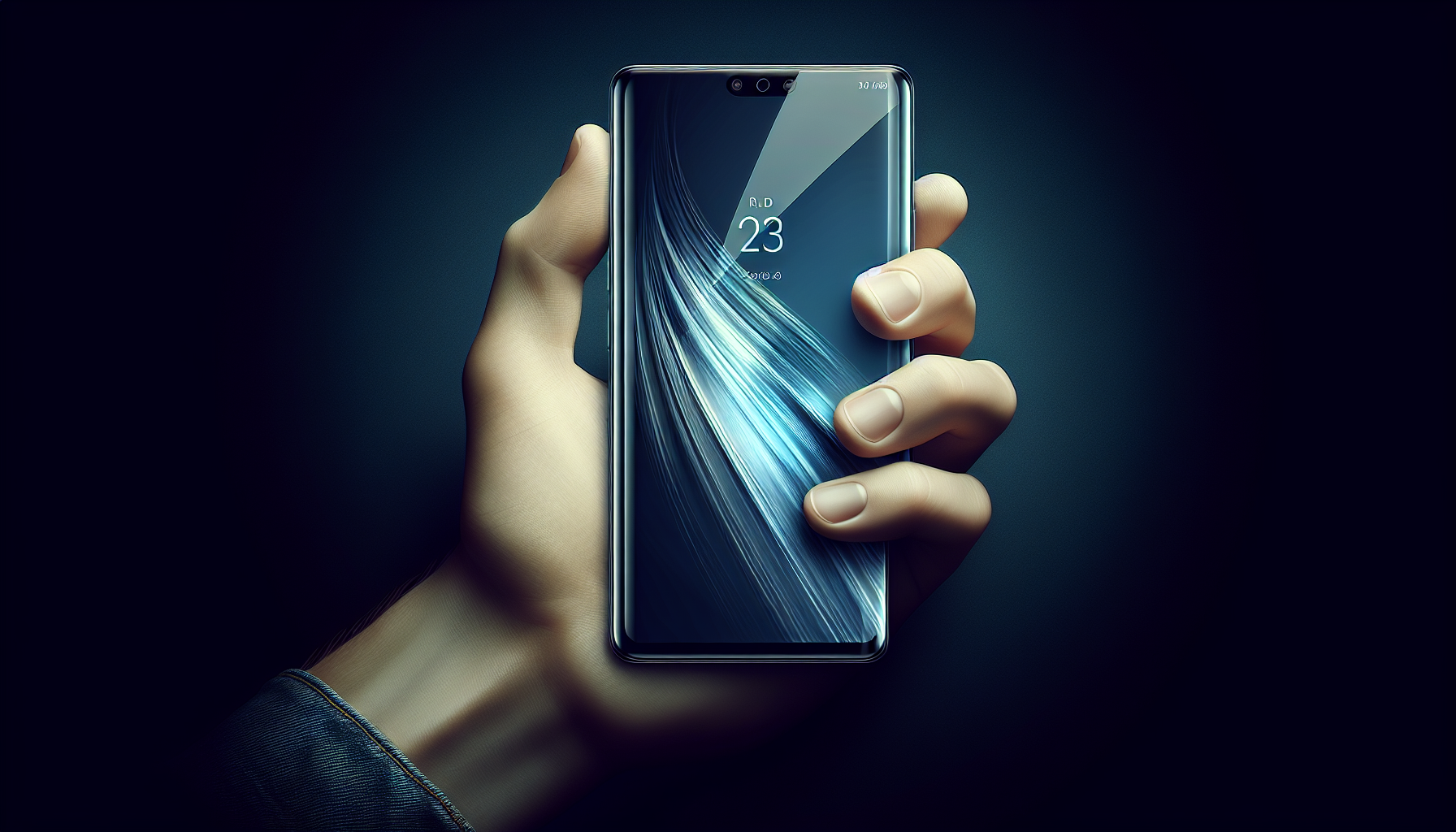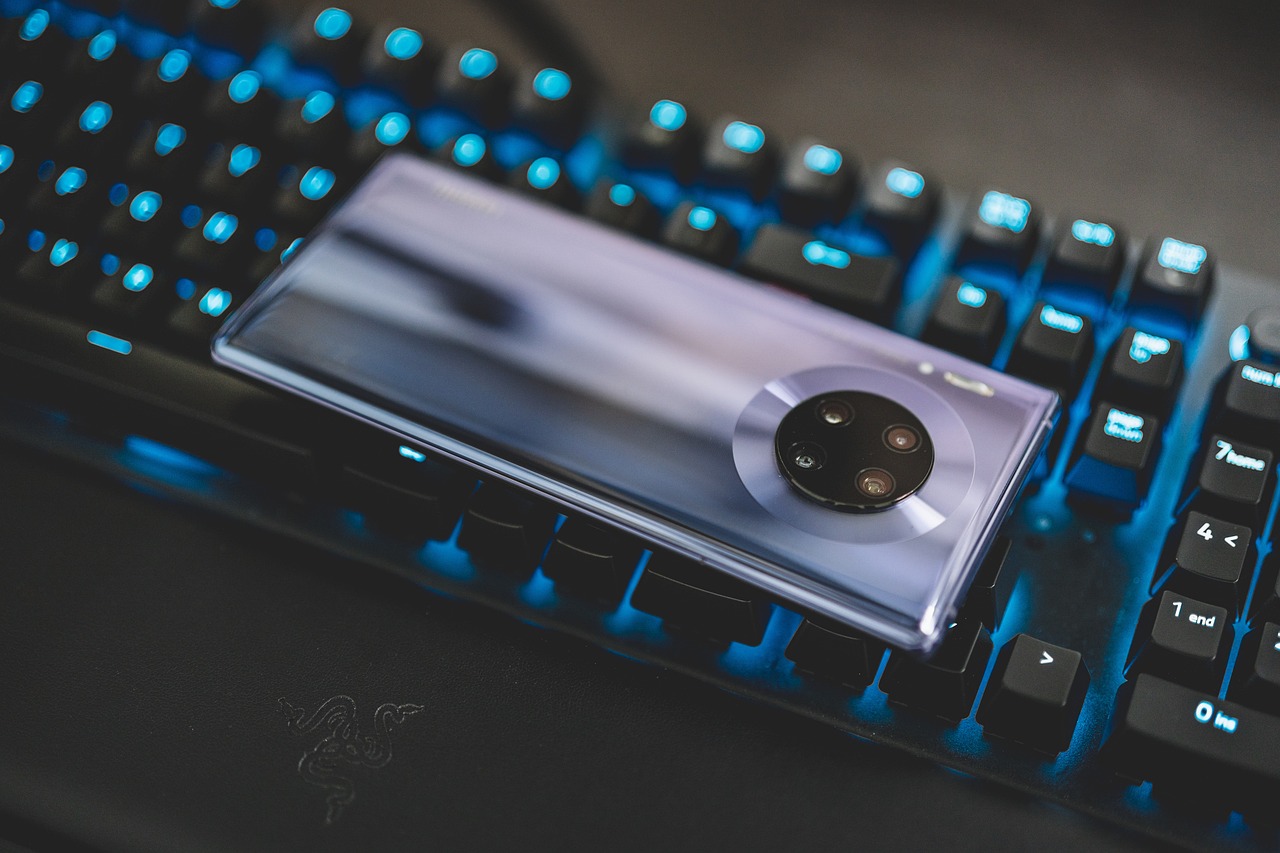Smartphones have become an integral part of our daily lives, allowing us to stay connected, informed, and entertained on the go. However, have you ever stopped to consider the importance of accessibility in smartphone design? From incorporating features like larger font sizes and screen magnification to offering voice commands and tactile feedback, smartphone manufacturers are recognizing the significance of making their devices accessible to all users, including those with disabilities. In this article, we will explore the significance of accessibility in smartphone design and how it positively impacts the lives of individuals with diverse needs and abilities.

Importance of Accessibility in Smartphone Design
Smartphones have become an integral part of our daily lives, serving as a gateway to communication, information, and entertainment. However, not everyone can access the full potential of these devices due to various physical or cognitive limitations. That’s where the importance of accessibility in smartphone design comes into play. By prioritizing accessibility features, smartphone manufacturers can enhance the user experience, ensure inclusion for all users, and comply with legal and ethical obligations.
Improving User Experience
One of the primary goals of smartphone design is to improve the overall user experience. By integrating accessibility features, manufacturers can enhance usability for all users, regardless of their abilities. This means ensuring that the interface is intuitive, easy to navigate, and responsive to user inputs.
Ensuring Inclusion for All Users
Accessibility in smartphone design is not just about making the device usable for individuals with disabilities. It is about ensuring inclusion for all users, regardless of their physical or cognitive abilities. This means providing features and functionalities that assist individuals with disabilities, such as visual impairments or hearing impairments. By doing so, smartphone manufacturers can create a device that is accessible to everyone, eliminating any barriers that may prevent certain individuals from fully participating in the digital world.
Complying with Legal and Ethical Obligations
Another vital aspect of accessibility in smartphone design is the adherence to legal and ethical obligations. Many countries have established accessibility standards and guidelines that smartphone manufacturers must comply with. Failure to meet these requirements can result in discrimination lawsuits and penalties. By prioritizing accessibility in design, smartphone manufacturers can ensure compliance with these obligations and contribute to a more inclusive society.
Enhancing User Experience
Improving Usability for All Users
Accessibility features in smartphones aim to improve usability for all users. By designing interfaces that are intuitive and user-friendly, manufacturers can enhance the overall experience. This includes employing clear and concise icons, consistent navigation patterns, and easily understandable gestures. Such measures make it easier for individuals with disabilities, as well as those without, to use and enjoy their smartphones.
Facilitating Navigation and Interaction
Navigating through a smartphone’s interface should be a seamless experience for all users. To achieve this, manufacturers can implement features such as keyboard and mouse support, voice recognition and control, and intuitive gestures. These options provide individuals with diverse abilities the freedom to interact with their devices in the way that suits them best, ensuring a smoother navigation experience.
Providing Adjustable Settings
Each individual has unique preferences when it comes to using their smartphones. By providing adjustable settings, manufacturers empower users to customize their devices to best meet their needs. These options may include adjusting text size and font styles, displaying high contrast and color options, and allowing for adjustable volume and vibration settings. Offering such customization features ensures that users can optimize their smartphone experience according to their specific requirements.
Ensuring Inclusion for All Users
Assisting Individuals with Disabilities
One of the key aspects of accessibility in smartphone design is assisting individuals with disabilities. This includes individuals with physical disabilities, cognitive disabilities, or both. Smartphone manufacturers can integrate features like voice control, switch control, and alternative input methods to ensure that individuals with disabilities can independently use their devices. These accessibility options provide essential assistance to individuals who may face challenges using traditional smartphone interfaces.
Supporting Users with Visual Impairments
Visual impairments can greatly impact an individual’s ability to use smartphones effectively. Accessibility features specifically designed to support users with visual impairments play a crucial role in ensuring inclusivity. Smartphone manufacturers can integrate screen readers and voiceover functionalities that audibly relay the content displayed on the screen. Utilizing vibrations and haptic feedback can also provide valuable input cues to users with visual impairments. Moreover, enabling compatibility with braille displays and providing tactile feedback options further enhance the accessibility of smartphones for individuals with visual impairments.
Enabling Communication for Individuals with Hearing Impairments
For individuals with hearing impairments, accessible communication on smartphones is essential. Manufacturers can facilitate communication by incorporating features such as closed captioning, video relay services, and visual notifications. These features enable individuals with hearing impairments to effectively engage in phone calls, video chats, and text-based conversations, promoting equal opportunities for communication.
Complying with Legal and Ethical Obligations
Adhering to Accessibility Standards and Guidelines
To ensure accessibility in smartphone design, manufacturers must adhere to the accessibility standards and guidelines established by regulatory bodies. These standards and guidelines outline the requirements and expectations for accessible design, covering aspects such as interface usability, compatibility with assistive technology, and content accessibility. Compliance with these standards demonstrates a commitment to inclusivity and accessibility for all users.
Avoiding Discrimination and Accessibility Lawsuits
Failure to prioritize accessibility in smartphone design can result in legal consequences. Discrimination lawsuits against companies that disregard accessibility needs have become increasingly prevalent. By not implementing accessibility features, smartphone manufacturers risk alienating individuals with disabilities and may face legal consequences for discrimination. To avoid such lawsuits, it is crucial for manufacturers to proactively ensure accessibility in their smartphone designs.
Promoting Equal Opportunities and Social Responsibility
Prioritizing accessibility in smartphone design goes beyond legal obligations and lawsuits. It is a matter of promoting equal opportunities and social responsibility. By creating devices that are accessible to all users, smartphone manufacturers contribute to a more inclusive society. This inclusivity empowers individuals with disabilities, allowing them to fully participate in the digital world and fostering positive social impact.

Improving Usability for All Users
Designing Intuitive and User-Friendly Interfaces
When designing smartphones, usability should be at the forefront. Smartphone manufacturers can achieve this by creating intuitive and user-friendly interfaces. Clear and understandable icons, well-organized menus, and easily accessible settings contribute to a pleasant user experience for individuals of all abilities.
Implementing Consistent and Clear Navigation
Navigating through a smartphone should be a seamless process, regardless of an individual’s abilities. To ensure this, smartphone manufacturers can implement consistent and clear navigation options across all applications and menus. This consistency allows users to easily locate desired features and functionalities, enhancing their overall smartphone experience.
Optimizing Touch and Gestures
As touchscreens have become the primary method of interaction with smartphones, optimizing touch and gesture controls is crucial. Smartphone manufacturers should aim to make touch interactions precise and responsive, minimizing the chance of accidental inputs or frustrations. By incorporating gesture-based controls that are intuitive and customizable, manufacturers can cater to the diverse needs and preferences of users.
Facilitating Navigation and Interaction
Adding Keyboard and Mouse Support
Keyboard and mouse support is paramount for individuals who may have difficulty using touchscreens or who prefer more traditional input methods. By incorporating these options into smartphone design, manufacturers can ensure accessibility for individuals who rely on assistive technology or simply find these input methods more comfortable and efficient.
Utilizing Voice Recognition and Control
Voice recognition and control have revolutionized smartphone accessibility. By implementing reliable voice recognition systems, smartphone manufacturers enable individuals with disabilities to navigate menus, dictate messages, and interact with applications using speech commands. This feature also benefits users seeking hands-free interaction, facilitating multitasking and convenience.
Implementing Intuitive Gestures
For individuals who prefer gesture-based interactions, incorporating intuitive gestures can greatly enhance smartphone usability. From swipe gestures to pinch-to-zoom, these intuitive gestures allow users to easily navigate through screens, scroll through content, and perform various functions. By providing a range of customizable gestures, smartphone manufacturers empower users to tailor their smartphone experience according to their needs and preferences.

Providing Adjustable Settings
Customizing Text Size and Font Styles
Different individuals have varied visual capabilities and preferences when it comes to reading text on smartphones. That’s why smartphone manufacturers should provide options to customize text size and font styles. By allowing users to adjust these settings, manufacturers ensure readability and comfort for all users, especially those with visual impairments or conditions such as dyslexia.
Displaying High Contrast and Color Options
High contrast and color options are essential accessibility features that benefit individuals with visual impairments, color blindness, or sensitivity to certain color combinations. By offering a range of high contrast modes and alternative color settings, manufacturers can maximize legibility and make the smartphone interface visually accessible to a wider audience.
Allowing for Adjustable Volume and Vibration
Adjustable volume and vibration settings are crucial for individuals with hearing impairments or those who require louder or more noticeable alerts. By allowing users to customize their device’s sound and vibration output, smartphone manufacturers ensure that important notifications and calls are not missed, promoting equal access to information and communication for everyone.



